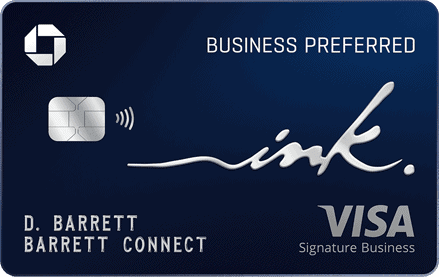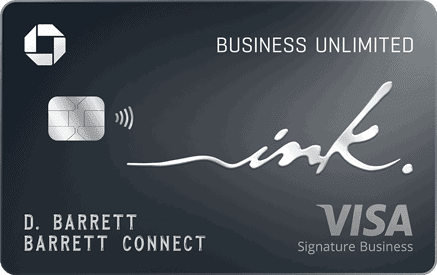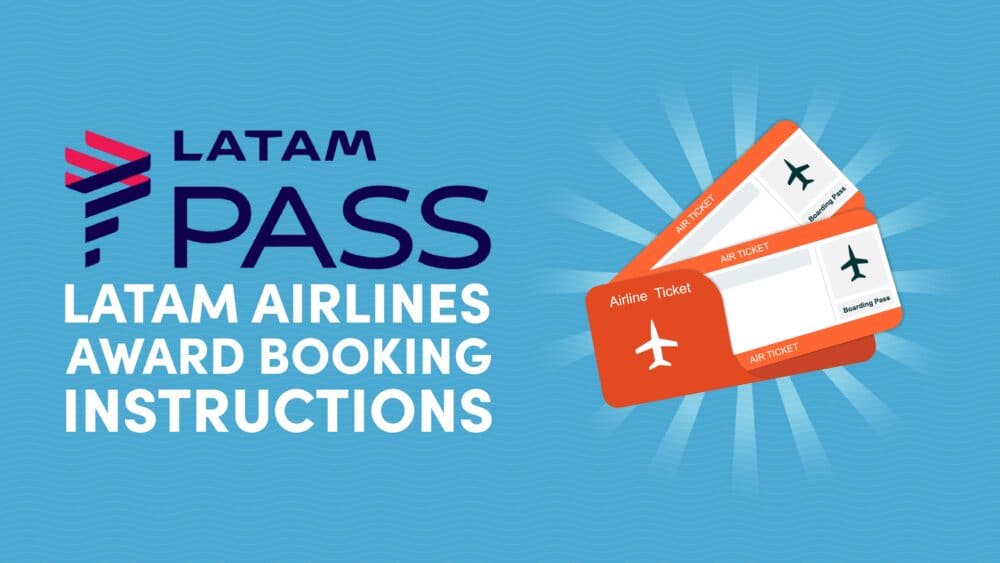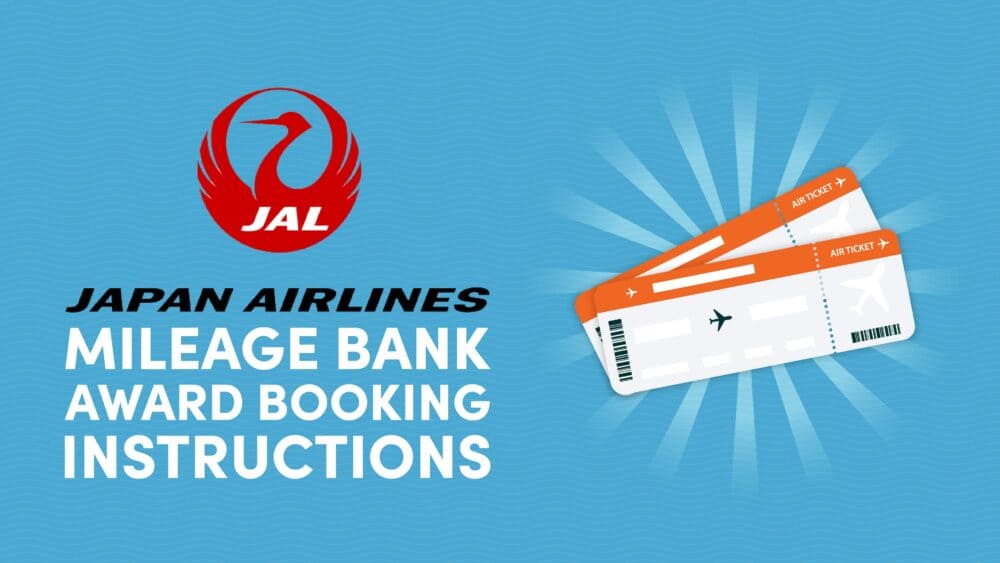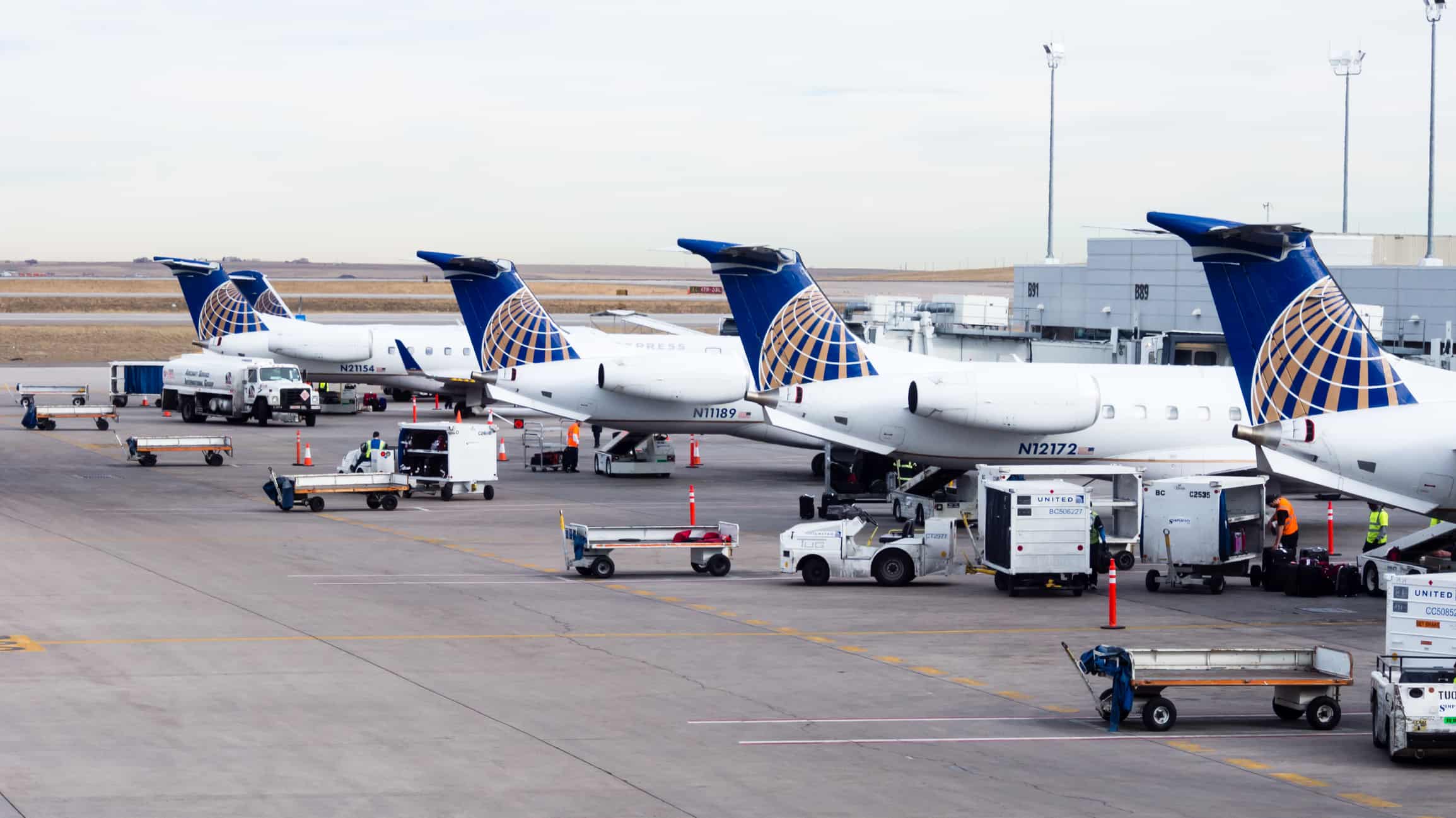
10xTravel is part of an affiliate sales network and receives compensation for sending traffic to partner sites, such as CreditCards.com. This compensation may impact how and where links appear on this site. This site does not include all financial companies or all available financial offers. Terms apply to American Express benefits and offers. Enrollment may be required for select American Express benefits and offers. Visit americanexpress.com to learn more.
Note: Some of the offers mentioned below may have changed or may no longer be available. The content on this page is accurate as of the posting date; however, some of our partner offers may have expired. You can view current offers here.
News broke last week that United will be eliminating their award charts and moving to dynamic pricing beginning on November 15, 2019. Then on Tuesday morning, xJonNYC tweeted that he’s hearing American plans to move to dynamic pricing as well.
Dynamic award pricing and the lack of an award chart (confirmed for United, an inevitability for American) means that the cost of a flight in miles will fluctuate based on supply and demand — or the whims of the airline.
While Delta, the major legacy carrier who started this consumer-unfriendly trend, and United both say that the move will make things less complicated for passengers, don’t believe it. Airlines are a business and they are in the business of trying to make as much money as possible, even if it hurts their loyal customers.
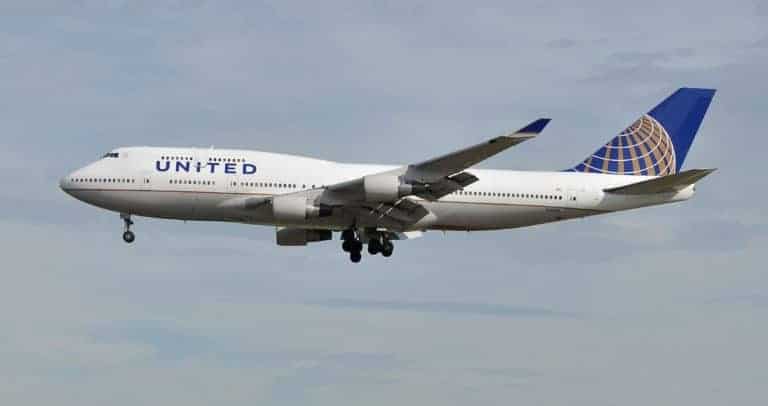
United will be moving to a variable rate award chart beginning on November 15, 2019
At the moment, it seems like these changes only affect flights on United (and American, we’re guessing), meaning set award prices will still exist for partner awards. Of course, since there’s a very good chance those award charts will not be published, fixed award prices don’t help much with planning. They do, however, prevent flights from having a cost near infinity.
So, what do these changes mean for 10xTravel Insiders? Here are six important takeaways and practical ways to adapt to these changes.
Avoid Airline Loyalty If You Can
If you’re a business traveler, it will continue to make sense for you to keep earning miles and status on your airline of choice, even if it’s United, American, or Delta.
If you’re not in that situation, it’s become more clear than ever that airline loyalty only serves to limit your choices. By being an airline free agent, you’ll have the flexibility to book the award flights you want when you want them. Dynamic award pricing makes that flexibility even more important since you’ll have to compare prices between carriers to see what makes the most sense for your trip and your mileage balances.
And forgive me for standing on a small soapbox, but the reality is moves like dynamic award pricing show the airlines care more about our money in the short-term than our loyalty. Despite their claims that this makes things easier for customers, the reality is that by hiding how much things cost they can change things whenever they want.
Lack of transparency breeds a lack of trust – that’s not the kind of program you want to be “loyal” to unless absolutely necessary due to your particular circumstances and needs.
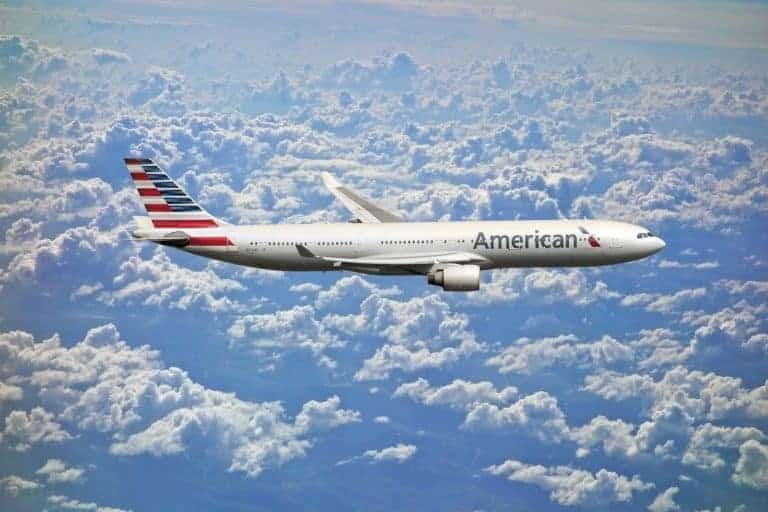
Photo Credit | Pixabay
Earning American Or United Miles For A Trip Is More Complicated
On that note, I think a second takeaway from the news about dynamic pricing is that saving for a big trip just got more complicated. Since award flight prices are now a moving target, it’s tough to know just how many miles you have to save to take that trip you’ve been planning for. In the case of United, these changes don’t take effect until Nov. 15, but after that, who knows how many miles you will have to save.
Although partner award prices won’t be dynamic, if award charts don’t exist it’ll also be tough to know how many miles to save even if redeeming on other carriers. Delta has shown us that they will slowly but surely creep prices up on partner awards — sometimes, not that slowly. I’d expect the same from United and American.
Transferable Points Currencies Just Got More Important
Since you no longer will be sure exactly how many miles you’ll need to save, transferable points currencies and bank points have become much more important for award travel. Although this devaluation of United MileagePlus miles arguably makes Chase Ultimate Rewards points a little less valuable, it’s still way better to earn Chase Ultimate Rewards than United MileagePlus miles.
Again, flexibility is the key here. If you earn Chase Ultimate Rewards points, then if United awards cost too much then you can transfer to other partners like Singapore KrisFlyer, British Airways Avios, or Air France-KLM Flying Blue miles instead. Chase Ultimate Rewards points give you multiple ways to meet your flight needs. If you only earn United MileagePlus miles and it doesn’t work out, you’re stuck.
So, I’d recommend making sure you’re not focusing too much of your efforts on earning miles in a given program. Transferable points have always been the way to go, and they’ve just become even more important since the move to dynamic award pricing.
Chase Sapphire Preferred® Card
75,000
bonus points
after you spend $5,000 on purchases in the first 3 months from account opening.
Annual Fee: $95
Chase Ink Business Preferred® Credit Card
90,000
bonus points
after you spend $8,000 on purchases in the first 3 months after account opening.
Annual Fee: $95
Business Class Awards on United and American Metal Will Be Overpriced
If Delta is any indication, business class awards on United and American metal will quickly become overpriced. I was looking for business class flights to Europe this summer and a one-way flight between Boston and London Heathrow costs a cool 320,000 Delta SkyMiles. Expect prices to skyrocket for United and American as well as they look to save money when passengers redeem miles for their trips.
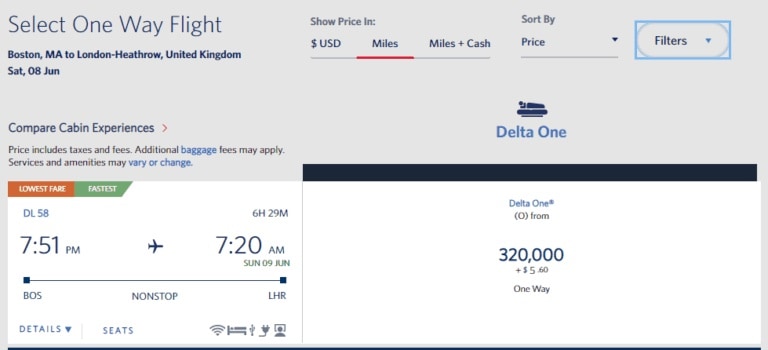
Without an award chart, the airlines can adjust prices as much as they want to a point they are comfortable with. Since they want people paying for business class seats, not redeeming miles, they will make those business class seats expensive to redeem with miles.
You Can Find Value in Partner Awards
On the flip-side, if partner airlines are offering low-level award space, you should still be able to get good value redeeming your United MileagePlus and American AAdvantage miles. This will definitely take some searching and some knowledge of award partners and space, but those prices should remain fixed. Even if the prices creep up, they won’t have an infinite ceiling like these carriers have the option of charging for their own metal.
Take my trip to Europe this summer. As we saw above, Boston (BOS) to London (LHR) costs 320,000 Delta SkyMiles in Delta One on Delta metal, but the direct BOS-LHR flight on partner Virgin Atlantic only costs 86,000 Delta SkyMiles. You can find business class flights to Europe on other SkyTeam partners at 75,000 miles for a one-way.
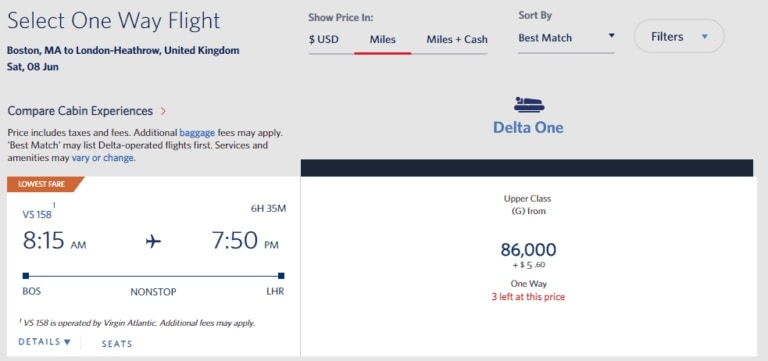
I expect partner award flights in premium cabins to still represent a good value when booked with United or American miles. You might also be able to get value using a program such as Aeroplan to book on United or British Airways Avios to book on American, but we’ll have to wait and see how that all shakes out.
Economy Flyers Will Find Some Gems
One positive thing Delta has been doing since doing away with award charts is playing around with the prices for economy flights. As long as you’re booking a round-trip Delta flight, you can find some real gems. For example, although Delta’s old award chart pegged saver economy award space at 60,000 Delta SkyMiles round-trip between North America and Europe, I’ve consistently seen prices cheaper than that.
In fact, I ended up booking two round-trip tickets to Europe for my daughter and myself this summer for 46,000 miles round-trip each. I was seeing prices as low as 38,000 Delta SkyMiles round-trip at the time. Those dates and city pairs just didn’t work for me.
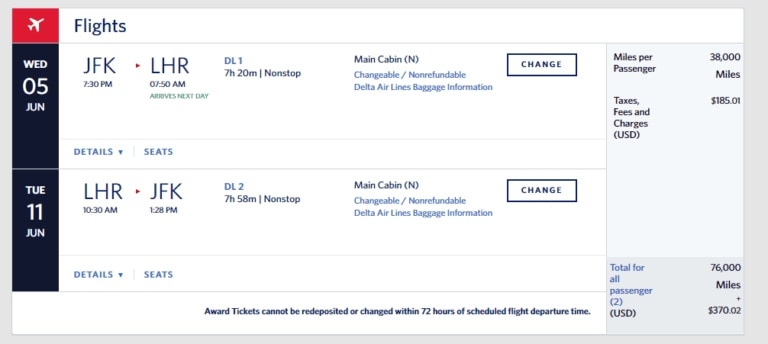
I expect United and American to be like Delta and play fast and loose with their economy award pricing. They stand to lose less on an economy seat when someone uses miles to book. This will lead them to try to entice frequent flyers to fill available seat using “award sales.”
Keep an eye out for these “flash sales” (they often go unadvertised in Delta’s case). If they work well with your schedule you can save a ton of miles and use the extra to book partner business class!
Just keep in mind that cash fares in economy to Europe have been pretty cheap the last few years. I’ll be keeping an eye on these award rates if cash fares start to increase.
Final Thoughts
The further diminishing of transparency from award programs is not something to be celebrated. Airlines continue to work to make it more difficult to find value from their “loyalty” programs. That’s why we need to stay on top of our game so that we can still get the maximum value out of our miles.
As further details come out, make sure you stay tuned here at 10xTravel to keep maximizing your miles and points as you seek to reach your travel goals!
New to the world of points and miles? The Chase Sapphire Preferred® Card is the best card to start with.
With a bonus of 75,000 bonus points after you spend $5,000 on purchases in the first 3 months from account opening. , 5x points on travel booked through Chase Travel℠ and 3x points on restaurants, streaming services, and online groceries (excluding Target, Walmart, and wholesale clubs), this card truly cannot be beat for getting started!
Editors Note: Opinions expressed here are author’s alone, not those of any bank, credit card issuer, hotel, airline, or other entity. This content has not been reviewed, approved or otherwise endorsed by any of the entities included within the post.



